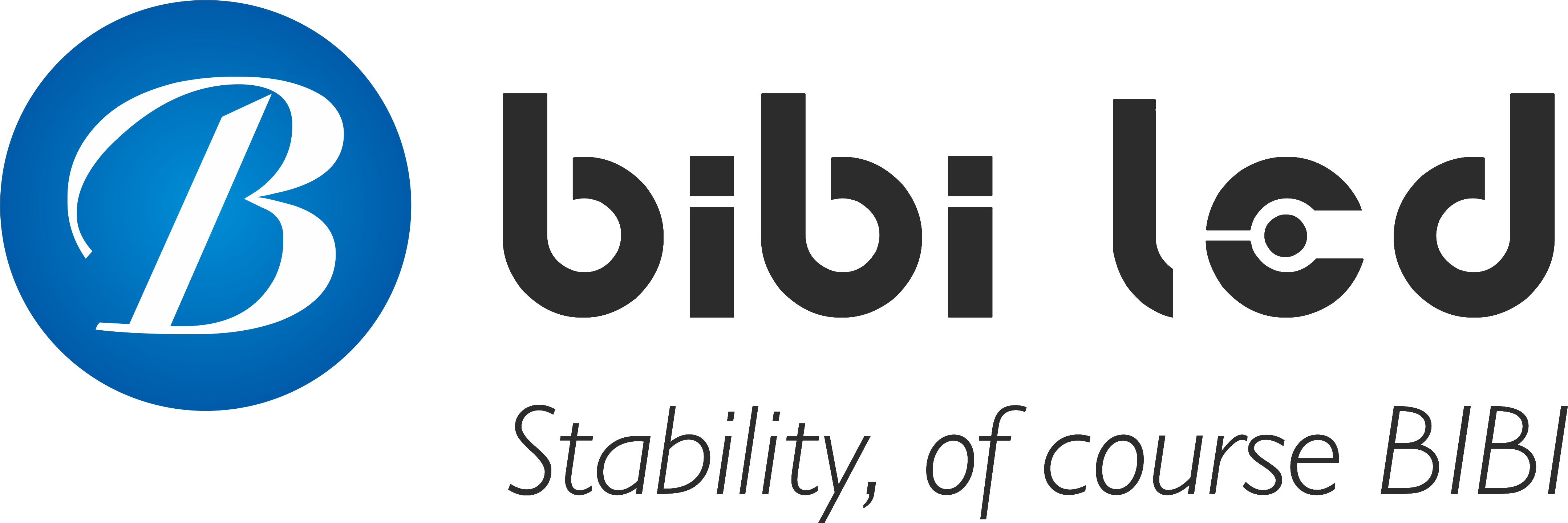소개
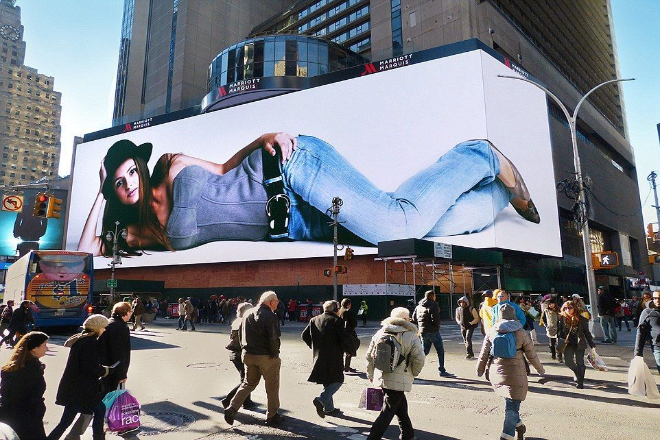
In a highly competitive business environment, how to attract and retain customers is a challenge faced by every company.
Have you ever thought that a small 발광 다이오드 표시 스크린 can become a “secret weapon” for customer retention? So, how can LED display screens really play a role in retaining customers?
목차
1. The unique value of LED display screen content in customer retention
1). Visual impact and attraction
1.1). Bright and dazzling colours:
The LED display screen is so bright and colourful that it looks like a rainbow. On the street, it is like a super eye-catching “big star” that can catch people’s eyes.
This visual effect makes people remember it at a glance, and when they see similar things in the future, they will think of this brand.
1.2). More exciting when moving:
Unlike those lifeless posters, LED displays can move! For example, when displaying products, you can see all kinds of details of the product like watching a movie.
Or use animation to show how to use the product. This kind of dynamic things make people not want to leave after seeing it, and it is easier to be interested in the product.
2). Real-time interaction and personalized experience
2.1). Ability to “chat” with customers:
LED display screens are not just “talking” unilaterally. They can also interact with customers. For example, some screens can be touched, and customers can click and poke to query product information or even play games.
This kind of interaction is like chatting with friends, which makes customers feel interested and more willing to “make friends” with brands.
2.2). Exclusive customization, private customization:
It can also push different content to different people. For example, if young people like fashion, they can show them cool products.
If the elderly care about health, they can push health products. This “private customization” feeling makes customers feel that the brand understands them very well, so it is easier for them to remember the brand, and they will be more willing to come in the future.
3). Efficiency of information dissemination
3.1). Content updates as fast as lightning:
The content of LED display screens can be updated at any time, just as easy as changing wallpaper on a mobile phone.
If a brand has any new products or new activities, they can be displayed immediately. Customers can see fresh content every time they pass by, so they will not feel bored and will be more attracted.
3.2). Can reach many people:
This type of screen is usually placed in crowded places, such as 쇼핑몰 and subway stations. Many people can see it at a glance, just like shouting loudly in a crowd, which can let more people know about the brand.
It is big and bright and can be seen from a distance, which can leave an impression on more people.
In short, the LED display is like a super powerful “advertising artefact”. Through beautiful pictures, fun interactions, and timely information, customers can feel fresh and interesting, and they can also feel the brand’s caring.
In this way, customers will naturally remember the brand more easily and be more willing to patronize in the future. For brands, this is the “secret weapon” for customer retention!
2. Key strategies for retaining customers with LED displays
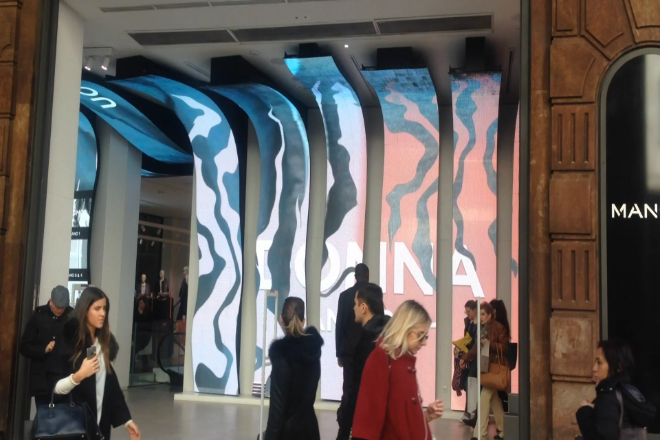
1). Content design and display
1.1). Eye-catching visual content
- Produce high-quality “visual feast”:
Don’t underestimate the quality of videos, animations and pictures, they are like the “face value” of advertisements.
To highlight the best aspects of the product, such as product appearance, functions, effects, etc., use high-definition pictures, cool special effects and vivid animations to attract customers at a glance.
- Don’t let the content “doze off”:
Monotonous content is like a stagnant pool of water, and no one wants to read it. Use more dynamic effects, such as screen switching, animation display, text scrolling, etc., to make the content “live”.
You can also add some creative designs, such as interesting storylines and unique picture styles, so that customers will want to watch it again.
1.2). Personalized and targeted content
- “Prescribe the right medicine” to display content:
Different people like different things, so the content should be customized according to the characteristics and needs of customers.
For example, young people may like fashionable and trendy products, while the elderly may pay more attention to healthy and practical things.
Targeting customers of different age groups, genders or consumption habits, display product information that they are interested in, so that customers will feel that “this advertisement is prepared for me”.
For example, On the LED screen of a sports brand store, the latest sports shoes and sportswear are displayed for young sports enthusiasts, highlighting their fashionable design and high-tech functions.
On the screen of a maternity and baby store, the safety, comfort, and practicality of baby products are displayed to young parents so that the target customer group can be accurately attracted. Real-time updates and interactivity
- Contents are constantly updated:
No one likes to see the same thing. Update the content of the LED display screen regularly, such as changing it once a week or a month, so that customers can see something new every time they pass by and keep the brand fresh.
- Design fun interactive links:
Raffles, Q&A, feedback collection, these interactive links are like giving customers “benefits” and can make them actively participate.
For example, a lucky draw event can be held on the LED screen of the mall. Customers can participate by scanning the code, and they can directly consume in the mall after winning.
Or do a product Q&A, and customers who answer correctly can get small gifts. Through these interactions, customers will find the brand interesting and are more willing to “deal with” the brand.
2). Scenario-based application
2.1). Commercial retail scenario
“Advertise” in key locations:
Set up LED displays at the entrance of 쇼핑몰 and stores or places with high traffic, just like setting up stalls in prime locations, which can attract the most people.
Show new product recommendations, promotions and other content so that customers can see the latest information as soon as they enter the door.
- Guide customers to “buy, buy, buy”:
Combined with the layout of the store, guide the customer’s purchase process through the LED display.
For example, in a clothing store, use the screen to display the product classification in different areas, or recommend matching solutions, and guide customers to the corresponding area to buy, just like a “smart shopping guide”.
2.2). Catering and entertainment scenes
- Display “eating, drinking and having fun” information:
In restaurants, 바, entertainment venues and other places, use LED displays to display menus, special dishes, event information, etc.
For example, display the production process of signature dishes on the screen of the restaurant to make customers drool; display the wine list and event information in the bar to attract customers to order.
- Create an atmosphere and enhance the experience:
Use the display to play music videos or live events, such as playing relaxing music videos in the restaurant, so that customers are more happy when dining.
Play live performances in the bar to let customers feel the lively atmosphere. Through these methods, improve the overall experience of customers and make them more willing to stay and consume.
2.3). Transportation hubs and public places
- “Show up” in crowded places:
Set up LED screens in subway stations, 공항, stations and other places with high traffic volume to display brand advertisements or practical information.
For example, display new product advertisements of the brand in subway stations to attract the attention of office workers; display information about tourist destinations at airports to attract the interest of passengers.
- Accurately locate target customers:
By analyzing the characteristics of the crowds in these places, such as office workers at subway stations, business people or tourists at airports, etc., display content that they may be interested in.
This can improve the accuracy of advertising, attract target customer groups, and make it easier for them to remember the brand.
3). Data analysis and feedback
3.1). Data monitoring and analysis
- See whether the content is “popular or not”:
Use the background system of the LED screen to monitor the display effect of the content, such as how long the customer has watched (watching time), how many times the customer has interacted (interaction frequency), etc. These data are like a “barometer” that can reflect the quality of the content.
- Analyze what customers “like”:
By analyzing customer behavior data, such as which content they stay for a long time and which interactive links they are highly involved in, understand customer preferences and needs.
In this way, we can know what customers really like and provide a basis for subsequent content optimization.
3.2). Customer feedback and optimization
- Collect customer “complaints” and “likes”:
Collect customer feedback on the content of the LED display through various means, such as setting feedback buttons on the screen, collecting opinions through QR codes, etc. Customer opinions are like “gold” and can help brands find deficiencies.
- Timely adjustment and optimization:
According to customer feedback and data analysis results, adjust the content in time. For example, if a customer thinks an advertisement is too boring, change it to more interesting content.
If a customer is interested in the display of a certain product, show more relevant information. Continuous optimization improves customer satisfaction and makes customers more willing to stay with the brand.
In short, the key to retaining customers with LED display screens is designing attractive, personalized and interactive content and reasonably applying display screens according to different scenarios.
Continuously optimize content through data analysis and customer feedback. In this way, the LED display screen can become a “magic weapon” to retain customers.
3. Implementation suggestions and precautions
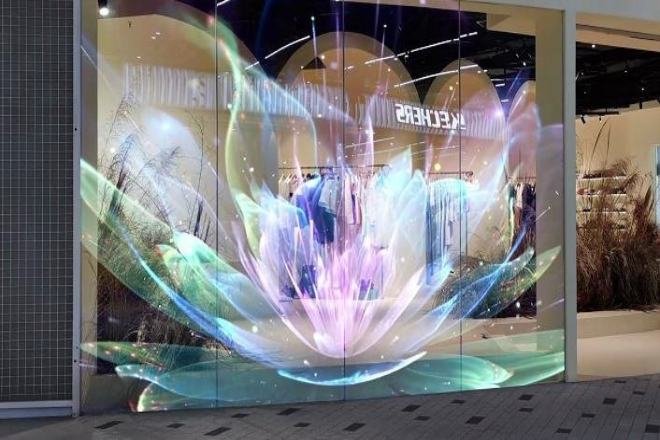
1). Hardware selection and installation
1.1). Choose the right screen type
If it is used indoors, such as in shopping malls, 전시회 halls or conference rooms, choose an indoor screen. This screen has a high resolution, looks clear, and is suitable for close viewing.
For example, put one at the entrance or atrium of a shopping mall to display new products or promotions, the effect is particularly good.
If it is used outdoors, such as billboards, subway stations or squares, you have to choose an outdoor screen. This screen has high brightness and is not afraid of the sun. It can be seen clearly even in strong light.
If you want to be creative, or the screen is to be installed on the exterior wall of a building or a glass curtain wall, a transparent screen is a good choice.
This screen can not only see what is behind the screen, but also display dynamic content, and the visual effect is particularly cool.
1.2). Choose a good installation location
- Easy to see:
According to the position of the audience, install the screen at a suitable height and angle.
For example, in a shopping mall, the screen is best installed in a place where customers can easily see it, such as on both sides of the aisle or above the rest area.
If it is an outdoor billboard, consider the height of pedestrians’ line of sight and the direction of vehicle travel to ensure that everyone can see it.
- Interactive space:
If the screen has interactive functions, such as touch or sensing, leave enough space at the installation location to prevent the audience from crowding together and making it inconvenient to operate.
- 안전 제일:
Whether it is indoors or outdoors, the installation must be firm and meet safety standards to avoid accidents.
2). Content production and update
2.1). Professional content
- Good visual effect:
The picture quality is high, and the video, animation and pictures must be good-looking.
It is best to find a professional design team or advertising company to do it, so that the color, 해결 and dynamic effects are guaranteed.
- Clear information communication:
The content must not only be good-looking but also make people understand the key points at a glance.
For example, when displaying products, highlight the highlights of the products; when doing promotional activities, write the discount information and activity time clearly.
2.2). Content should be updated frequently
- Change content regularly:
Determine the update frequency according to the scene and content type. For example, the promotional information of the mall may be updated once a week; the content of outdoor advertising can be updated once a month.
- Interactive links should be real-time:
If the screen has interactive functions such as lucky draws and Q&A, it must be updated and fed back in real-time to make the audience feel more involved.
- Speak with data:
Use the backend system to see how the audience reacts to different content, such as how long they have watched and how many times they have interacted, and optimize the content based on these data.
3). Budget and cost control
3.1). Spend money reasonably
- Purchase cost:
Choose a cost-effective screen according to the scenario and budget. For example, for a small shop or corporate exhibition hall, choose a low-end indoor screen; for a large shopping mall or outdoor advertising, you may have to choose a high-end outdoor screen.
- 설치 비용:
Consider the installation location and structural complexity, and don’t spend too much on installation costs. For example, outdoor screens have high installation requirements, so you may have to spend more money on safety and equipment.
- Operational cost:
Includes content production, updating, maintenance, and electricity costs. For example, transparent screens consume more electricity, so this part must be included in the budget.
3.2). Spend little money to do big things
- 정밀 마케팅:
Through data analysis and market research, understand what target customers like and then formulate precise marketing strategies.
For example, screens at subway stations display business products for office workers; screens at shopping malls display fashion products for young people.
- Evaluation effect:
Regularly check the marketing effect of LED display screens, such as whether brand awareness has increased, the customer retention rate has increased, and sales have increased.
Adjust strategies based on results to ensure that the money spent can get the maximum return.
4. Case analysis:
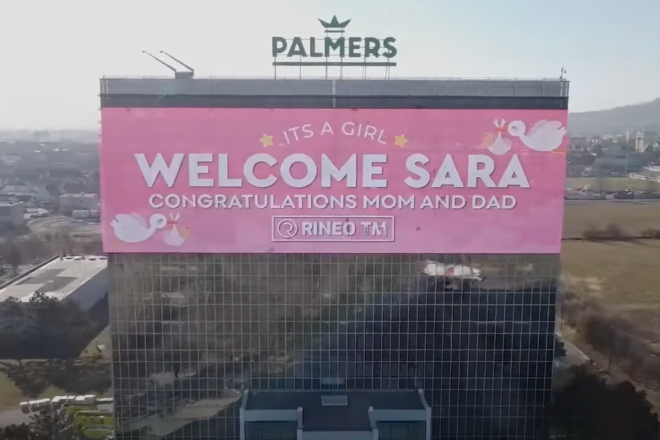
1). LED screens in high-rise buildings in Vienna
A 1,020-square-meter LED screen, the largest in Europe, was installed on the side of a busy road in Vienna, Austria. The screen uses C31 PLUS transparent grille screen technology, which has excellent visual effects and stability.
- Commercial value:
The screen is mainly used for commercial advertising display, maximizing the advertising value, attracting the attention of a large number of passers-by, and enhancing the brand awareness of advertisers.
- 도시의 랜드마크:
The screen is not only an advertising carrier but also a new landmark in Vienna, attracting tourists to take photos and check in, further enhancing the commercial appeal of the region.
2). STORM Storm Electronic Music Festival
In the STORM Storm Electronic Music Festival, the total area of the stage main screen and creative LED screen reached 1,500 square meters.
The screen integrates the rhythm of electronic music with stage performances with stunning visual effects.
- 대화형 경험:
The screen content is synchronized with the rhythm of the music, which enhances the audience’s interactive experience and makes the audience feel as if they are in the frenzy of electronic music.
- Social media communication:
This stunning visual experience further expands the influence of the event through the audience’s social media sharing and attracts more potential customers.
5. 결론
Through carefully designed content, clever scene applications and continuous optimization and improvement, LED display screens can not only become an “eye-catching artifact” to attract customers, but also a “loyal partner” to retain customers.
It builds a solid bridge between brands and customers with its unique visual impact, personalized interactive experience and efficient information dissemination.
마지막으로 LED 디스플레이 화면에 대해 더 알고 싶다면, 우리에게 연락해주세요.
